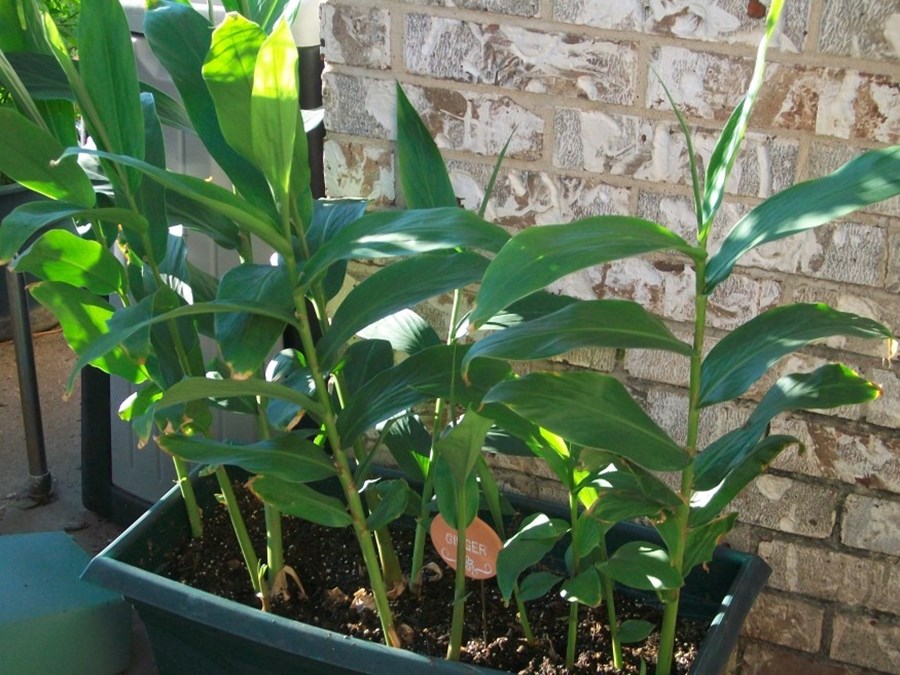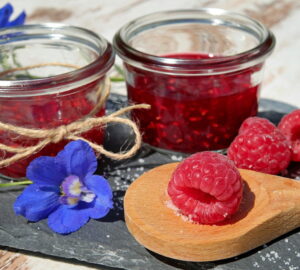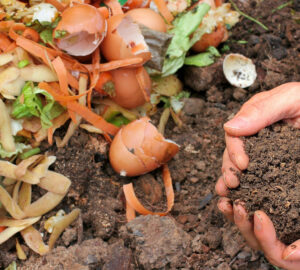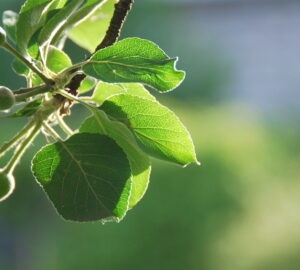If you’re a fan of the unique and zesty flavor of ginger, why not try growing it at home? Ginger, a versatile ingredient in Asian cuisine and a staple in many baked goods, can be easily cultivated in pots, making it a rewarding project for hobby gardeners. In this guide, we’ll walk you through the steps of planting and caring for your very own ginger plants, ensuring a fresh and flavorful supply right at your fingertips.
How to Plant Ginger
To kickstart your ginger-growing journey, you’ll need either healthy potted ginger plants from a reputable garden store or rhizomes (ginger’s underground stems) from a local grocery store or market. Note that store-bought rhizomes may have a coating to prevent sprouting and could be treated with chemicals. To address this, soak the rhizomes in water for 24 hours before planting.
Choose a wide, shallow planting container since ginger roots spread horizontally. Opt for pots that are easily movable, allowing you to bring your ginger indoors during colder months. Fill your container with well-draining, nutrient-rich soil.
Slice the ginger rhizomes into thin pieces, making sure each piece has “eyes,” small indentations where sprouts will emerge. Plant these rhizome pieces in the pot with the eyes facing upward, covering them with about 4 cm of soil.

Caring for Your Ginger
After planting, water the ginger plant generously the first time. Maintain regular watering or use a spray bottle to keep the soil consistently moist but not soggy. Be patient, as ginger can take several weeks to sprout.
During colder months, keep your ginger indoors to protect it from frost. In warmer periods, move it outdoors to enjoy diffused sunlight.
In approximately eight months, your ginger plant will be fully developed, and you can divide its rhizomes to create new plants. This also makes for a thoughtful gift for gardening and cooking enthusiasts in your life.
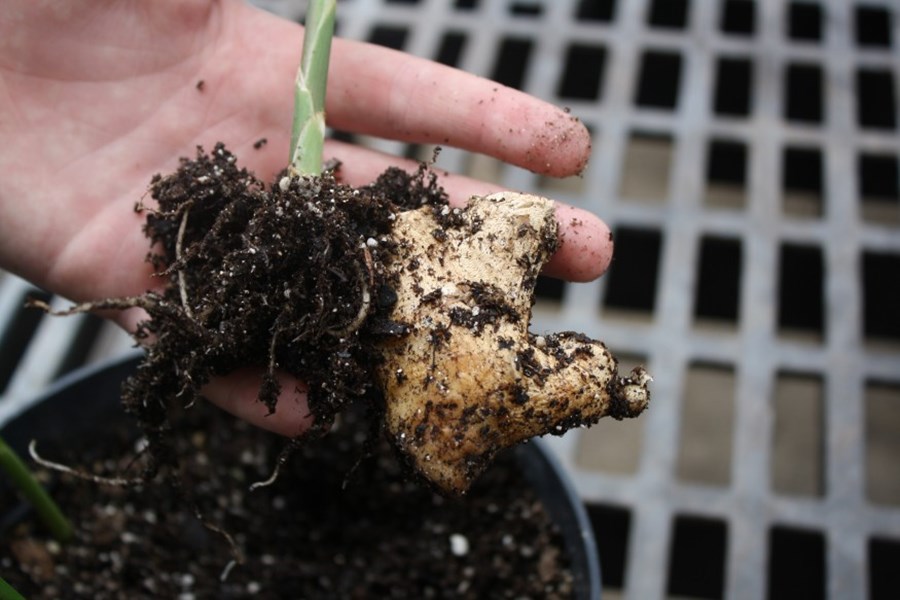
Harvesting Ginger
While your ginger plant may need several months to mature fully, you can start harvesting when it reaches three or four months of age. Gently move the soil around the rhizomes to reveal their rough, bumpy surface and the root hairs extending outward. The edible part of ginger is the rhizome itself; remove the roots when preparing it for consumption.
To harvest a small piece of delicious ginger, simply uncover it, cut off one of its finger-like extensions, and return the soil. By growing several pots of ginger plants simultaneously, you can alternate harvesting from different pots.
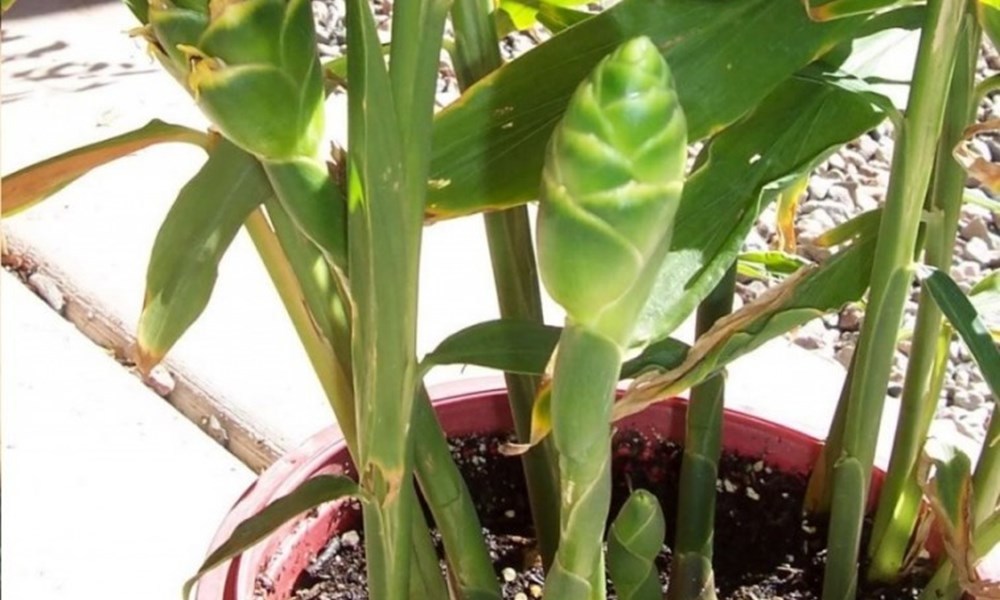
Before using ginger, wash and peel it with a potato peeler. Once prepared, you can enjoy its fresh taste by slicing or grating it. For dried ginger, slice it thinly and dry it in the oven or outdoors in a sunny, dry place. Store the dried ginger in plastic bags or grind it with a coffee grinder for added convenience. With this simple gardening project, you’ll have a steady supply of delectable ginger at your disposal.
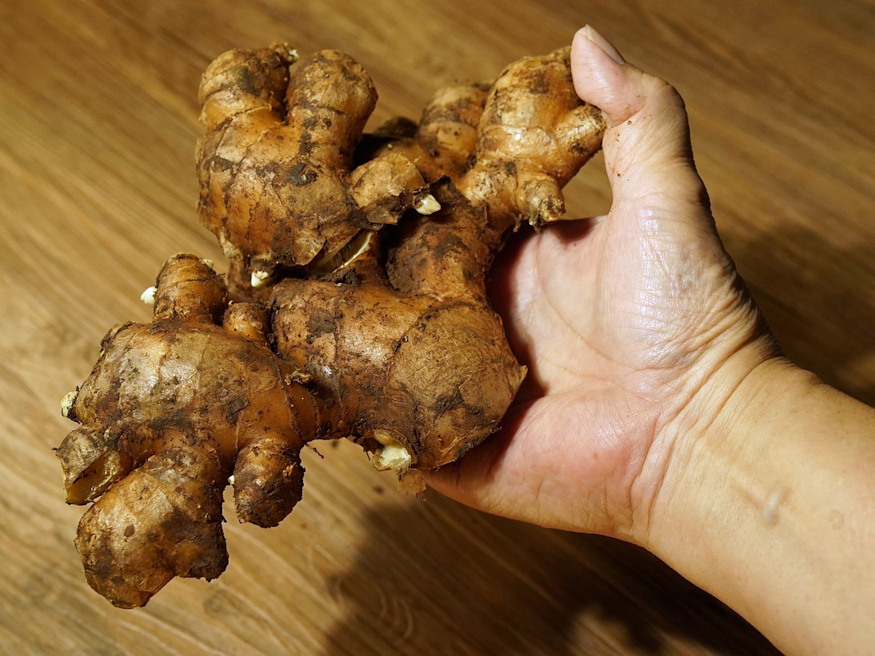
Conclusion
Growing ginger at home is a delightful endeavor for hobby gardeners, offering the pleasure of cultivating a versatile and flavorful spice. With the right care and patience, you can enjoy a constant supply of homegrown ginger to enhance your culinary creations. Whether you’re an experienced gardener or just starting out, this simple guide can help you embark on a rewarding journey of growing your very own ginger.



